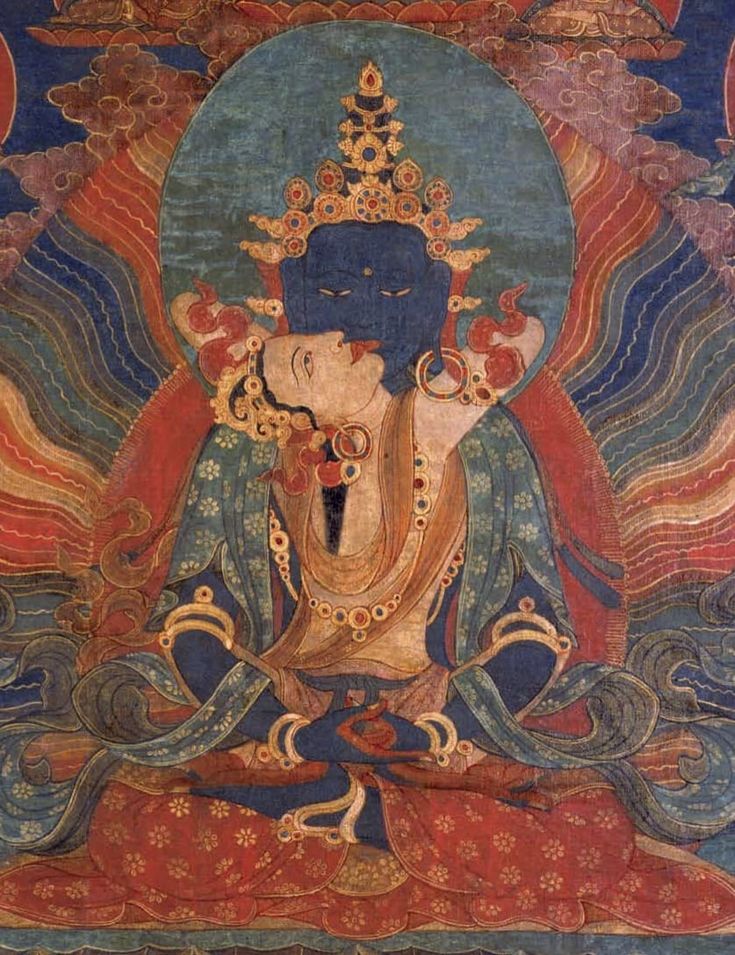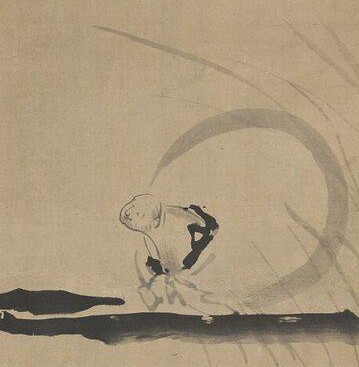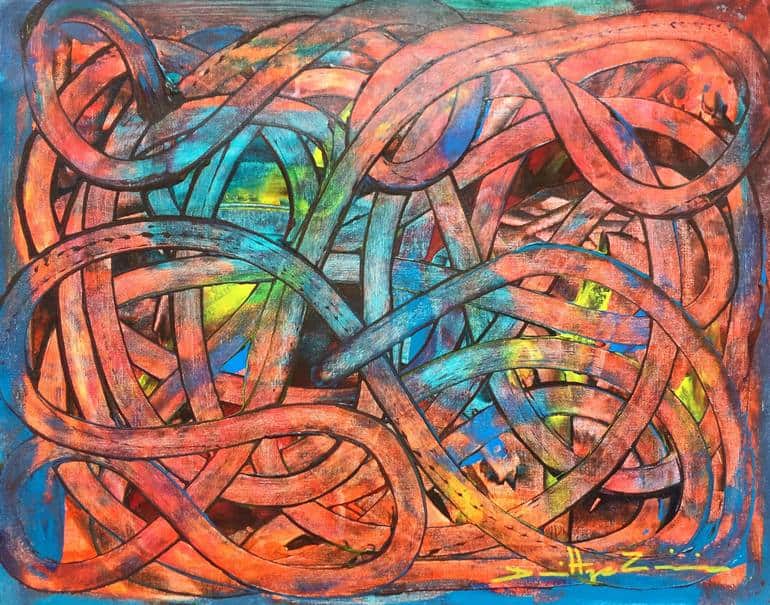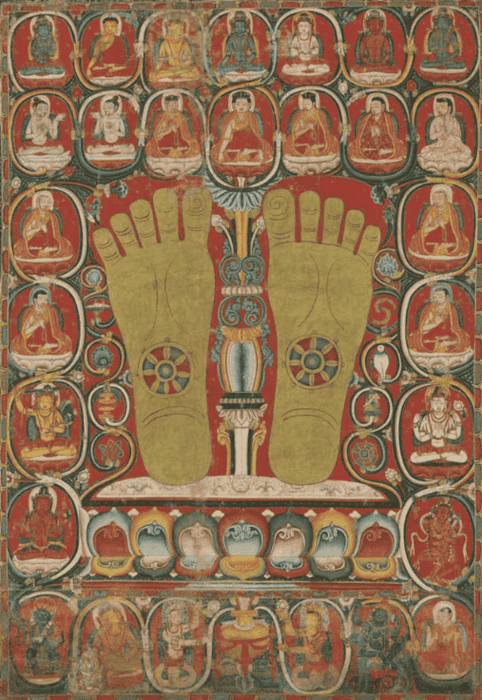I thought I’d therefore share some further reflections on Gampopa’s threefold classification of Compassion (from The Jewel Ornament of Liberation).
Compassion with reference to Sentient beings
Gampopa’s first category – ‘Compassion with reference to Sentient beings’ is simply the desire to help beings when we see that they are suffering. However, due to our level of understanding and practice, we ourselves suffer alongside those who wish to help. Our compassion, (but lack of wisdom and skillful means) leads us to pain, as we don’t have sufficient understanding to help without causing ourselves pain. It’s worth noting that this wouldn’t be a reason for us to not help! It’s still important as a means to develop further compassion and wisdom, and also to actually alleviate suffering, that we do reach out to others, even if that causes us pain 🙂

Compassion with reference to the Dharma
The second form of Compassion that Gampopa notes is that of ‘Compassion with reference to the Dharma’. Here we have a deepened level of understanding. As a result, we ‘understand’ something of the causes of suffering, due to our increased ‘understanding’ of Dharma. So, when we see suffering, and our desire to help arises, we know that this suffering arises from causes. We know the suffering arises from attachment, from craving and ill-will, and ultimately, from ignorance (of how things really are). We understand something of the Four Noble Truths, and we know something of causality – of Dependent Origination. As such, when compassion arises, and we seek to help others, we suffer less, as we are less inclined to attach, or to crave whilst helping.
For example, we don’t get so caught up in results, in needing to ‘solve’ the others’ problem. So we can help, to our utmost, but let go of results, let go of having to take things through to a solution. Sometimes it’s not possible to solve the other persons problem (they might have an incurable illness, for example) and in this case, we can help to our utmost, without causing ourself suffering at not being able to control the outcome.
Another aspect here is that now that we’ve generated some understanding of how suffering comes about – its causes and conditions – we sense that those we see suffering do *not* know what is causing their suffering. We see that they live life only wishing to be happy, but that their very actions are the cause of their suffering. As such, that recognition of their situation is the cause for a much stronger compassion to develop.
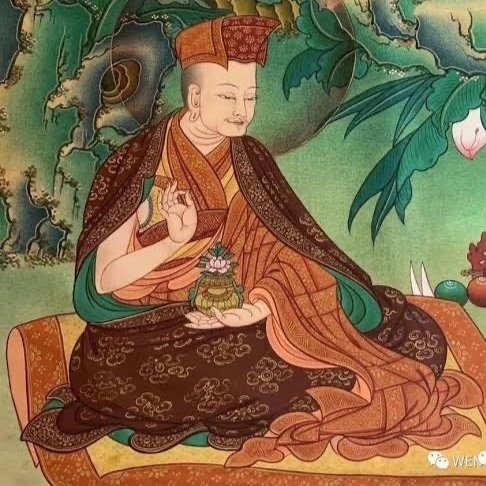
Compassion without Reference Point
The third form of Compassion Gampopa talks about is that of ‘Compassion without Reference Point’. This is where we have developed sufficiently that we see something of the true nature of things. We have some experience of Shunyata, of Emptiness, and therefore we no longer cling to the notion of person, of illness, of helping as solidly existent ‘things’. As a result of seeing the play of mere appearances in mind, we don’t attach to these illusory notions, and therefore we don’t suffer whilst helping alleviate suffering. We see this play of appearances, which are ultimately empty, but at the same time, we recognise that the ‘person’ before us does not see this.
We also see that the difference between seeing things as they are, and of grasping onto the solidity or reality of things, is, in a sense, razor thin. The difference is so slender between seeing, and not seeing.
When the experience of emptiness arises, we see that seeing how things are, and seeing with ignorance is the most subtle shift, in a sense, (and yet the most enormous shift, in another sense!!!!). We see how easy it is to lose this ‘view’, both during, and between meditations. We slip into it and out of it so easily. So, we have an appreciation of how small a shift it is, in a sense, and how ‘easy’ it could be for those suffering beings to see in accordance with the nature of things, to act in accordance with the nature of things, and therefore not suffer. That recognition of how ‘easy’ it would be for them to not suffer becomes the cause for a great compassion to arise in us. The recognition of how unnecessary that suffering is, indeed, how unnecessary and how easily thrown off.
Further, the recognition from the previous stage (and classification) that we ourselves self-cause our own suffering is deepened here – with the addition of now seeing the potential ‘ease’ of throwing it off.
At this stage, our compassion arises without having an object, as we no longer ‘see’ any being to be the object of our compassion. Indeed, we no longer see ‘ourselves’ as being compassionate, nor see the ‘act’ of compassion either. We see the play of empty appearances – and yet, and yet … we act. How is this? How can we act, when we no longer see sentient beings, as such? Well, from my very limited experience, this Compassion is the natural response, the natural outpouring of the mind that sees things as they are. It’s as if when we take all this mistaken understanding and seeing out of the way, what lay beneath – the sun behind the clouds – can pour forth its energy, which had been previously obscured and dammed up.
– an attempt to clarify in my own mind my own confusion, and previous potentially confusing post … in the hope it might also be of help to others –
may we all give rise to the Compassion that has no reference point …

